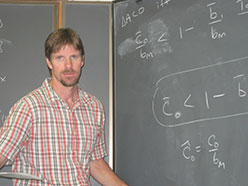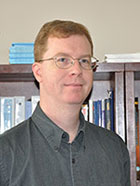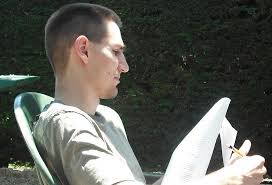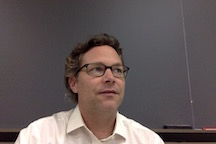John Alford and Ed Swim

Mathematical Modeling of Ecosystems, led by professors John Alford and Edward Swim
Mathematical modeling of ecosystems can provide valuable insight into effective conservation strategies. The focus of this REU project is to create mathematical models related to the coastal wetlands area within the Aransas National Wildlife Refuge (ANWR) and in particular the preservation of a habitat for the migrating whooping cranes, an endangered species, that winter there. We will use data from ANWR and learn to apply relevant mathematical techniques such as numerical simulation, nonlinear differential equations, and linear algebra to analyze and interpret these models.
 This project will be informed by results from a previous NSF funded research program (https://www.shsu.edu/~tries_www/ecoimpacs/index.html) that created a multi-model to simulate the ANWR ecosystem. A biology faculty member at SHSU who is actively involved in research within the ANWR ecosystem will lead discussions about the biological foundations of this project.
This project will be informed by results from a previous NSF funded research program (https://www.shsu.edu/~tries_www/ecoimpacs/index.html) that created a multi-model to simulate the ANWR ecosystem. A biology faculty member at SHSU who is actively involved in research within the ANWR ecosystem will lead discussions about the biological foundations of this project.
Students working on this REU project will ultimately help resolve questions of fundamental interest to biologists focused on conserving the ANWR ecosystem by adding components to the multi-model.
Martin Malandro

Computational Aspects of Transformation Semigroups, led by Marty Malandro
Transformation semigroups are semigroup generalizations of the symmetric group whose computational aspects have attracted interest in recent years. During summer 2016 we will use algebraic techniques from group and semigroup theory to explore applications of transformation semigroups to computer science and statistics.
In this project students will be introduced to the representation theory of finite groups and semigroups and will use these tools to resolve open questions.
A first course in abstract algebra is required for participation in this project. Prior experience with computer programming and combinatorics would be helpful, but is not strictly necessary.
Brian Loft

Discrete Morse Theory and some applications, led by Brian Loft
The continuous version of Morse Theory was developed in the 1950’s and 60’s as a tool to relate the topology of a manifold (that is, its cellular structure) with its local geometry (the behavior of real valued-functions defined on the manifold). It marked the birth of a new branch of mathematics: differential topology.
In the 1980’s and 90’s a discrete version of the theory was developed, which allowed many of the same results to be realized on cellular and simplicial complexes rather than manifolds. Over the past several years, it has not only been shown that the discrete version of Morse Theory is at least as rich as its continuous counterpart, but also that there are applications of the theory to diverse fields of science and engineering.
This summer we will develop the principles of both continuous and discrete Morse theory, and examine several different applications. Qualified applicants need to have completed the calculus sequence and a course in linear algebra would be nice, but not necessary.
